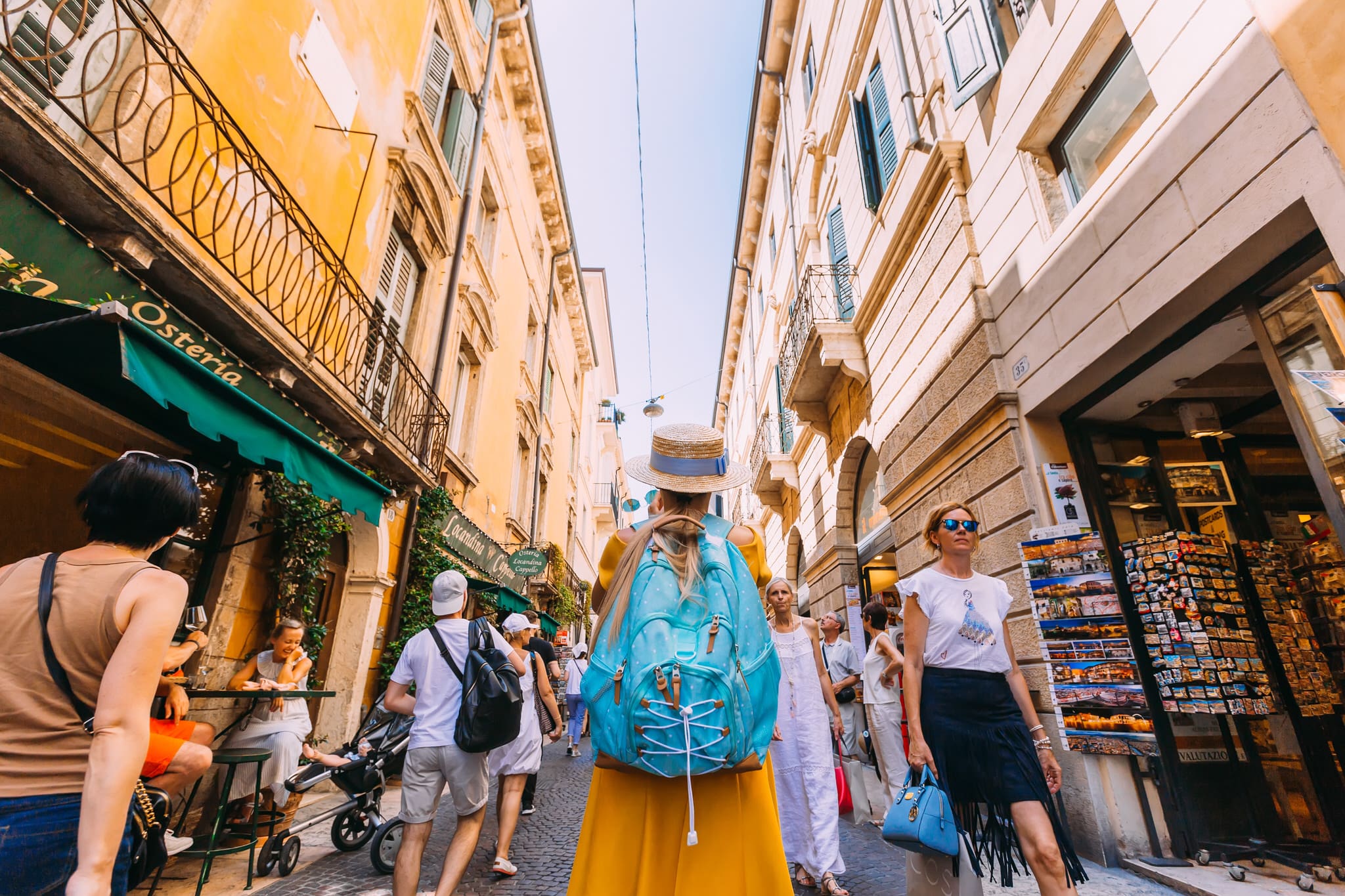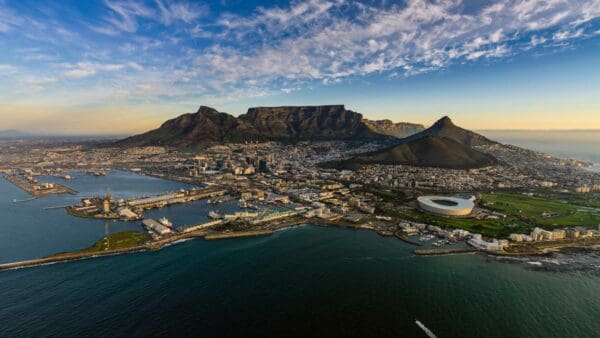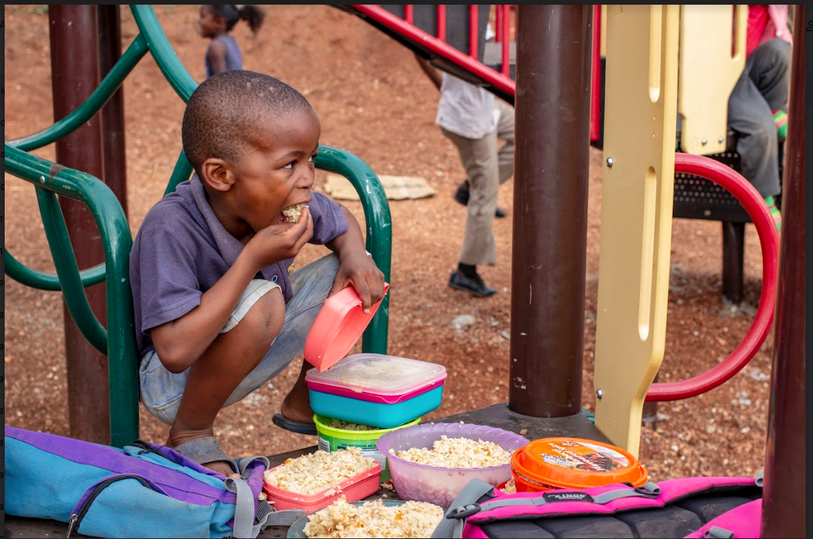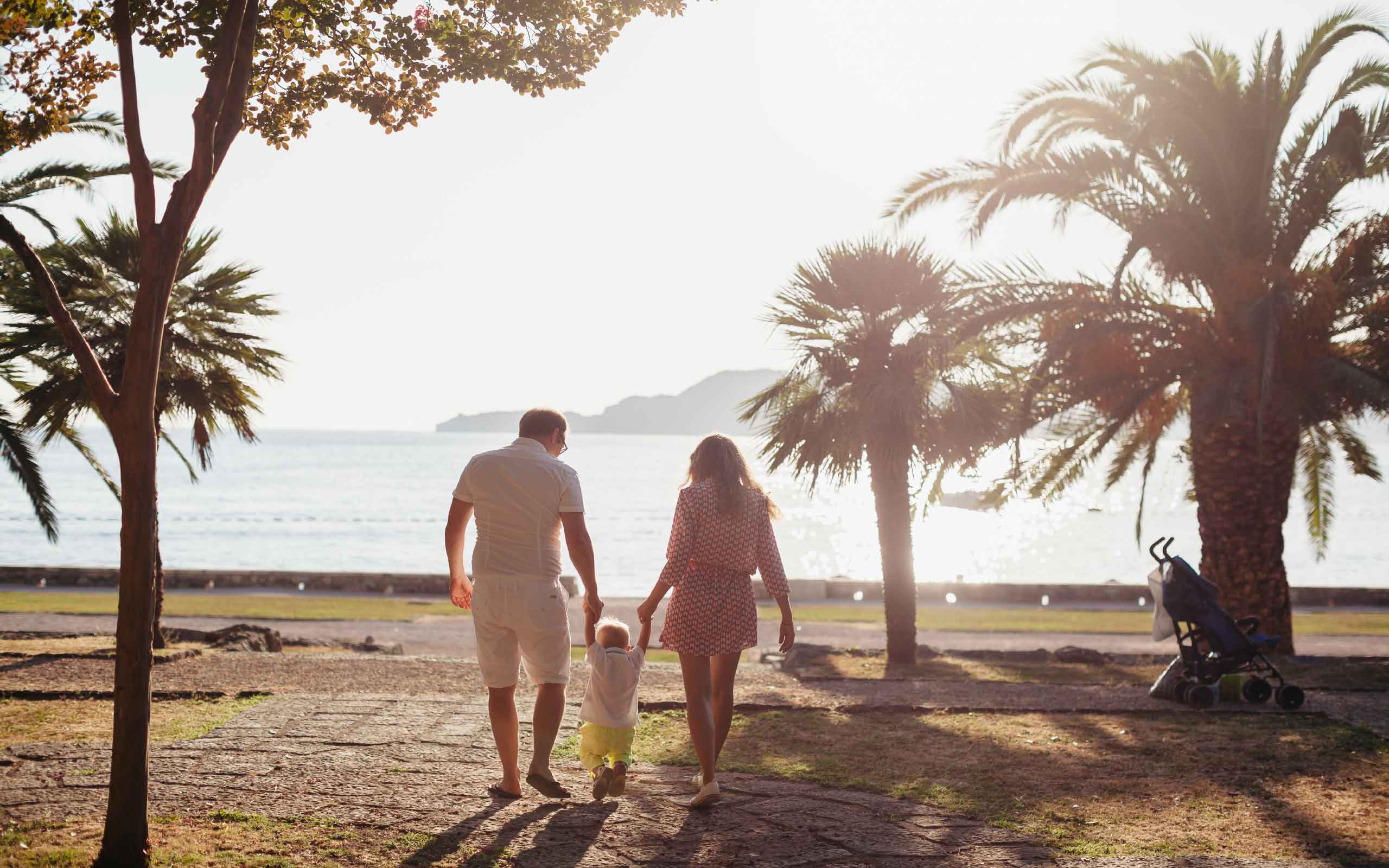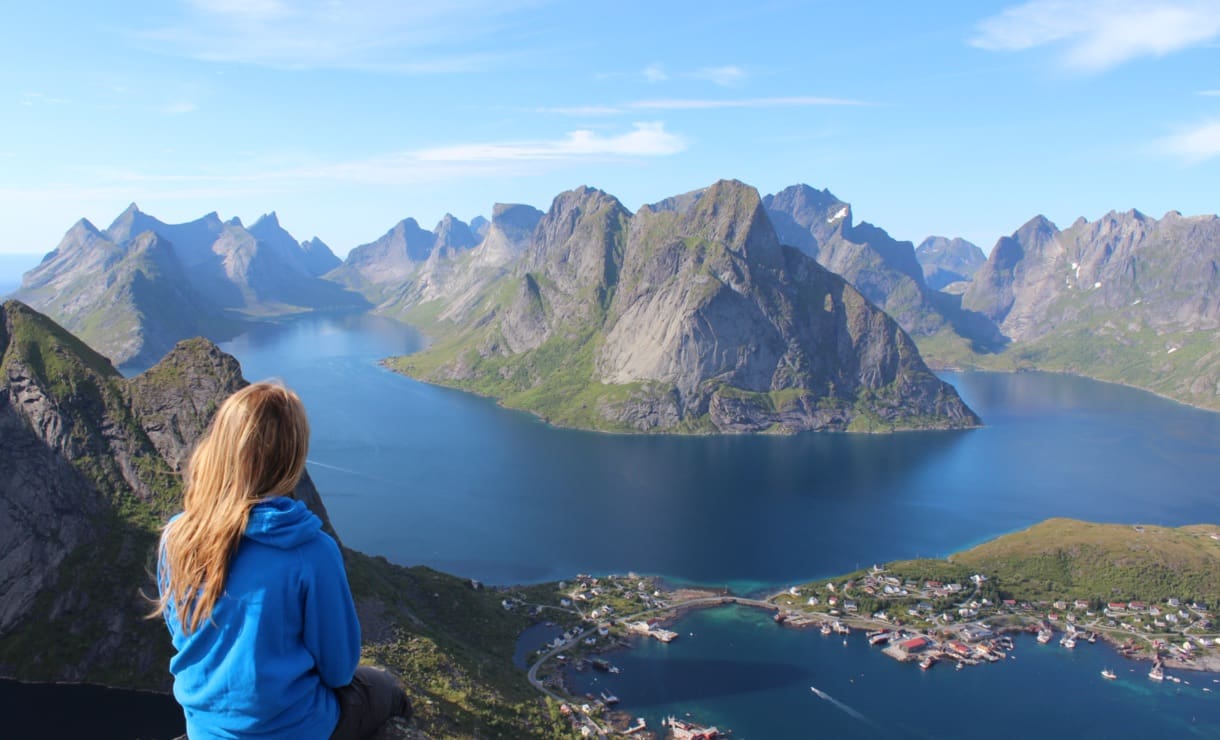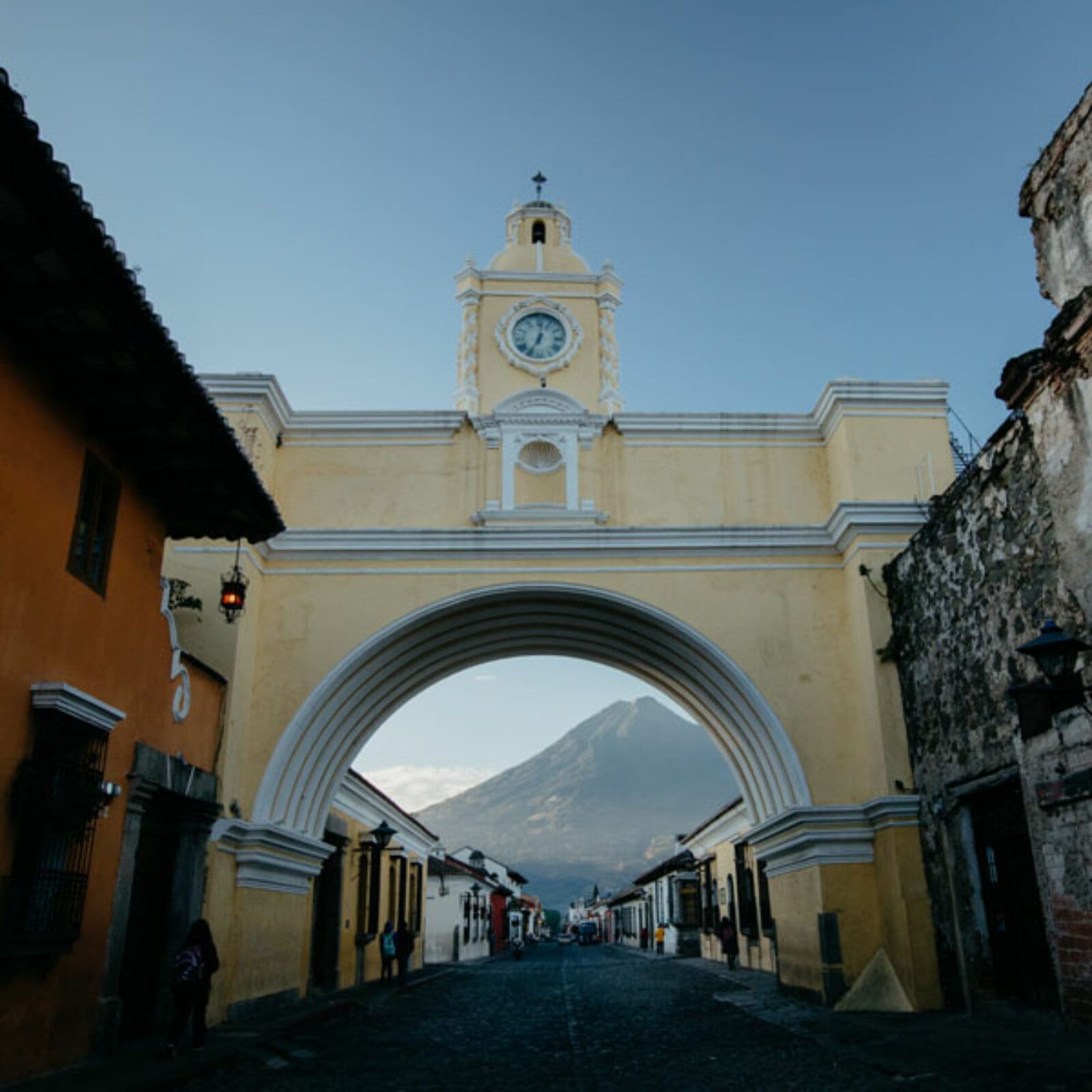PRAYER POINTS FOR INDIA
Geography
Area: 3,166,000 sq km
A further 121,000 sq km of Kashmir, a contested area, is administered by Pakistan and China. Geographically and politically, India dominates South Asia and the Indian Ocean. There are 28 Union States and 7 Union Territories.
Population: 1,214,464,312 Annual Growth: 1.44%
Capital: Delhi
Urbanites: 30.1%
HDI Rank: 134 of 182 (UN Human Development Reports 2009)
Peoples
Peoples: 2,533 (88% unreached) All peoples?Unreached Peoples Prayer Card?
Official language: Constitutionally there are 22 official languages. The official language is Hindi (spoken by 40% of the population). English is a subsidiary official language Languages: 456 All languages
Religion
Largest Religion: Hinduism
|
Religion |
|
Pop % |
Ann Gr |
|
71,011,000 |
5.84 |
3.7 |
|
|
26,290,283 |
2.2 |
3.9 |
|
|
Hinduism |
902,711,323 |
74.33 |
|
Challenges for Prayer
The world’s least-evangelized peoples are concentrated in India. Of 159 people groups of over 1 million people, 133 are unreached. Hundreds more groups of fewer than 1 million are unreached. Also, 953 ethnic groups have populations greater than 10,000; of these, 205 have no church and little to no outreach from Christians. They can be found in every state, although they tend to be more concentrated in the north. A few of the most significant peoples for prayer:
a) The Brahmin are the priestly caste, which is the highest caste in the Hindu world. They number over 50 million, but perhaps only 18,000 follow Jesus. They are the most influential group in India, but few focused efforts to reach them have been made.
b) Forward Castes – the Rajput (43.0m), Mahratta (29.0m), Hindu Jat (16.0m), Mahishya (10.6m), Kayastha (8.1m), Nair (7.5m), Agarwal/Bania (5.0m), Arora (3.9m), Bhumihar (3.0m), Vellalan (2.5m), Hindu Khatri (2.1m) and others. Several others are considered Forward Castes in some states but Backward in others. Forward Castes have very negative views of Christians – that they are Dalits, simple and cowardly, and they reject Hindu culture for Western colonial ideas. There remains little effective ministry among the Forward Castes. These people groups will need a different and a sensitive, loving approach and adequate preparation of workers if the barriers to faith in Christ are to be breached.
c) Backward Caste peoples represent anywhere from 27% to 52% of India’s population, depending on definition and source. The most numerous include the Yadava (59.0m), Kurmi (17.9m), Teli (17.9m), Kunbi (16.6m), Kapu (15.9m), Nai (11.5m), Pashtun (11.3m), Mappila (9.6m), Lingayat (9.5m), Kairi (7.7m), Sonar (7.4m), Gujar (6.6m), Vakkaliga (6.3m) and literally thousands more. Of the groups listed above, all are less than 0.1% Christian, most less than 0.01% Christian.
d) Scheduled Castes/Dalits have responded more to the gospel, some in large numbers. But the Dhobi (12.6m), Mahar (9.1m), Pasi (7.5m), Namasudra (5.1m), Rajbansi (5.0m), Bagdi (3.6m) and Pod (3.2m) are all less than 0.1% Christian.
e) Numerous Scheduled Tribes are still unevangelized or underevangelized. After years of ministry, the Bhil (14.5m) and Gond (14.1m) have numerous churches among them, yet both are only around 1% Christian. The Koli (12.1m) are only 0.3% Christian.
f) There are 485 people groups with populations of over 10,000 that are unreached and unengaged, almost three quarters of the world’s 639 people groups that come under this category.

